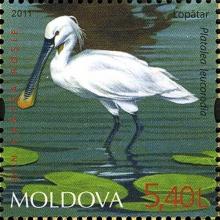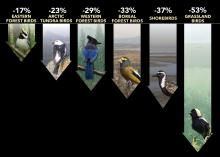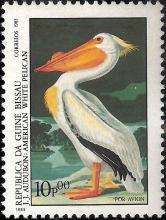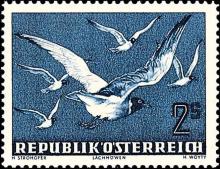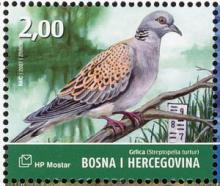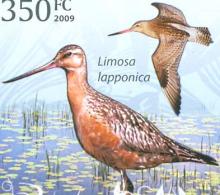De lepelaar zit in de lift
- Lees meer over De lepelaar zit in de lift
- Login om te reageren
Lepelaars (Platalea leucorodia) die broeden in een stadspark in Amsterdam, achter de IKEA in Delft of bij de Zevenhuizerplas in de buurt van Rotterdam. Nog niet zo heel lang geleden was dat ondenkbaar, maar nu kijken experts er niet meer van op.

